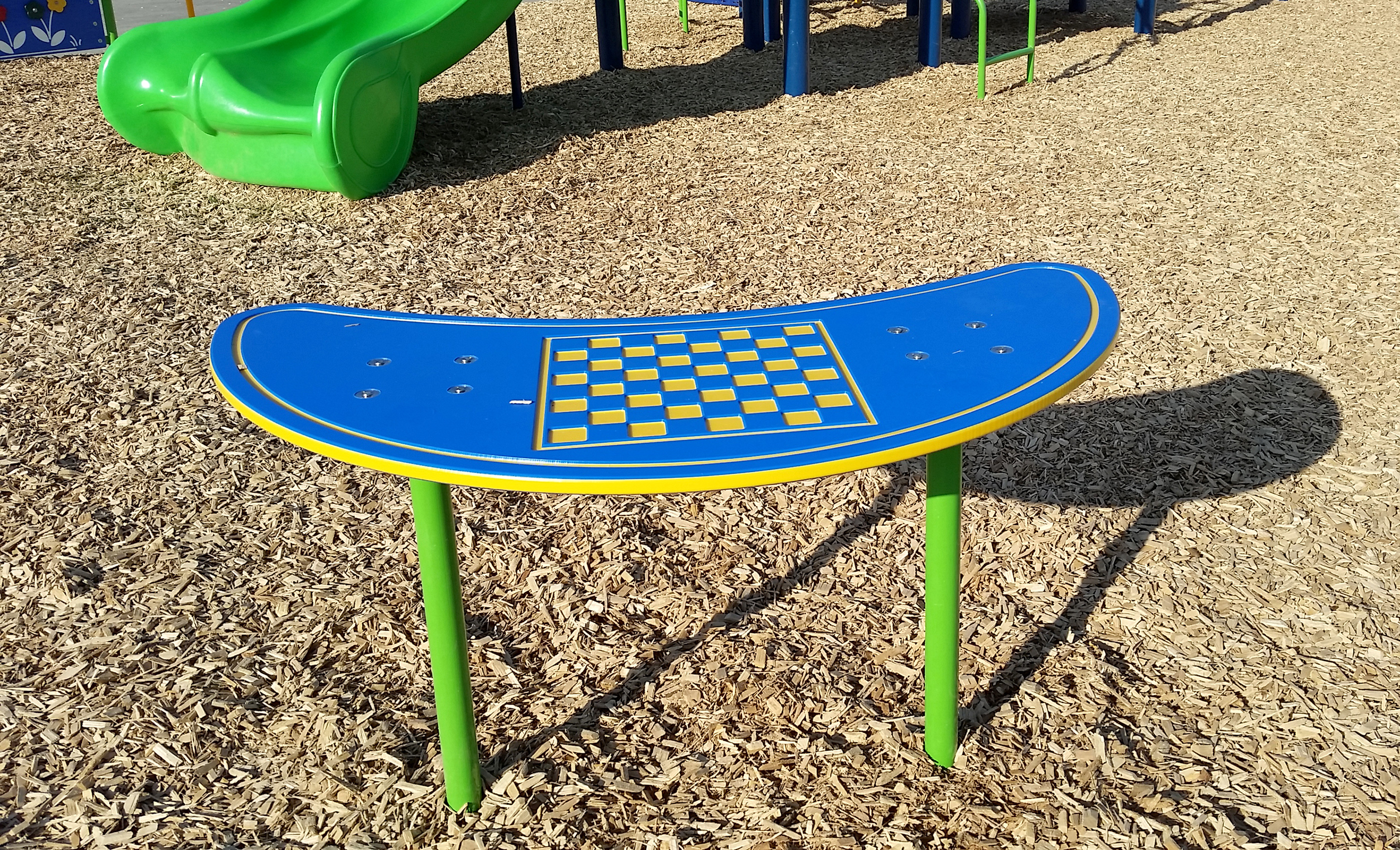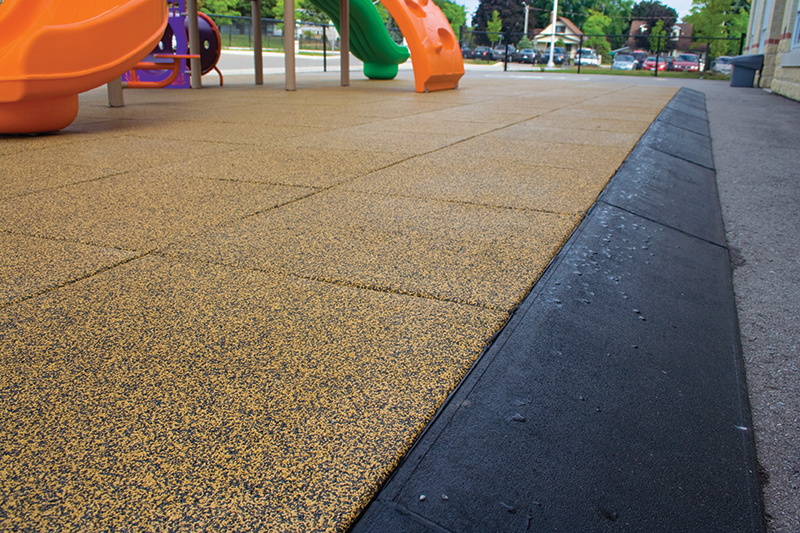Universal Design
At ACTIVE we believe that an inclusive playspace should support the rights of all children to play side by side with their peers. We embrace the diversity of all our children and creatively design a playspace that welcomes all to play together. Our goal is to remove barriers and create pathways while providing maximum play value for each child’s unique needs and abilities.
Understanding Inclusivity and Universal Design
The actual definition of Universal Design is “the design of products and environments to be usable by all people, to the greatest extent possible, without the need for adaptation or specialized design.” (Centre for Universal Design, 1997).
Many accessible playgrounds have zones that are designed for children of different abilities. Or there may be an area that has an ‘accessible section’ and one that has a series of play components that may have limited or no access. Inclusivity and Universal Design is a philosophy of playground design that allows for all children to play side by side regardless of ability. Therefore, Inclusivity and Universal Design must create a play environment that is not zone-prejudiced to different abilities, and allows users to interact inclusively and universally throughout the playscape. It takes accessibility much further.
When designing an inclusive play structure, here are a few questions that the design team needs to consider: does the main access route lend itself to all users? Does the surfacing used to access all playground components allow for accessibility of all children whether on foot or by using a mobility device? Does a ramp allow for all children to access all of the different components on the play structure itself? Can all children get to the top of the playground giving all of them a ‘king of the castle’ perspective or can only the completely able-bodied ones do so? Are sand or creative areas designed so a walker or a wheelchair can access them?
Accessible Design
Accessibility typically refers to minimum accessibility standards as set forth under the Americans with Disabilities Act (ADA). Although it is important to use the ADA as a reference, Active Playground Equipment is not satisfied only the minimum accessibility requirements while giving no consideration to play value.
Our belief is that a good playspace design will utilize the ideals of Universal Design will result in a welcoming environment while maximizing play opportunities and play value for ALL.
ADA Transfer Station
Transfer Stations are intended for children to ‘transfer’ from mobility devices to the play structure. They are then frequently required to use their limited strength and mobility to access to elevated play components. This minimal approach typically doesn’t satisfy the needs of any of the participants. For a wider spectrum of users, we recommend multiple means of access to elevated platforms.
Accessible Surfacing Solutions
When choosing surfacing to compliment your inclusive playground, choose a solution that will allow for children in a mobility device to access all the ground level components in your playspace. Surfacing options such as sand, peastone, and some loose fill can be very difficult to negotiate. Monolithic surfacing such as SofTILE or DZynes are good, but more costly solutions. Although sand cannot not be used as part of an accessible route, the tremendous play value of sand can be integrated into the inclusive play environment through elevated sand tables, accessible diggers or the option to transfer from mobility devices into the sand area itself. Everyone deserves the right to get messy.



